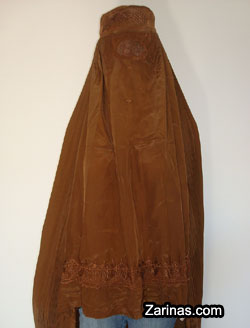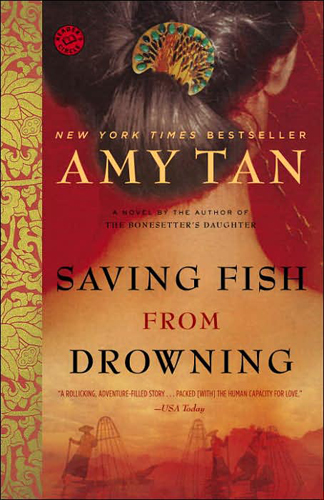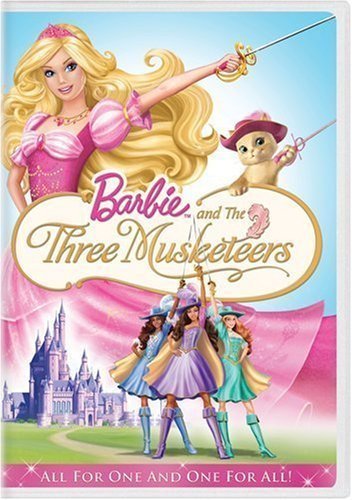Tilly R. sent in the clip below of Bill Maher attempting to illustrate the oppressiveness of the burqa by staging a fake fashion show in which every model comes out in an identical burqa. You only need to watch the first couple models to get the idea (starts at about .20 sec.):
The comedy is tasteless, at best. And it brings out two interesting assumptions: that measures of women’s liberation include (1) the right to show skin and/or your body’s shape and (2) the choice to express your individuality through your clothes.
It is with a focus on the latter that I introduce a website submitted by K.L. The website, Zarina, sells burqas. While most of the burqas we see in Western media are blue or black, this website sells burqas of all stripes.
I have no idea if this website is legitimate (though it seems to be) and I have no idea whether women in (which) different burqa-requiring/encouraging societies can actually choose to wear these. I really have no idea.
But I do think it prompts us to interrogate our own assumptions about what women’s liberation looks like and if being able to choose your own style really is a good measure of it.
I’d bet that most Western women feel like being able to choose her clothes is a central part of her sense of freedom. Does that translate in this context? That is, if women were required to wear burqas, but could wear any burqa they like, does this mediate how oppressive the burqa seems to you? Conversely, does the seeming freedom that comes with choosing your clothes become less convincing once you think about it in this context? I know this is tough to think about, but I think it’s an interesting thought experiment.
For related posts asking us to think about the relative freedoms represented by the burqa and the power of the male gaze, see here, here, and here.
Lisa Wade, PhD is an Associate Professor at Tulane University. She is the author of American Hookup, a book about college sexual culture; a textbook about gender; and a forthcoming introductory text: Terrible Magnificent Sociology. You can follow her on Twitter and Instagram.














